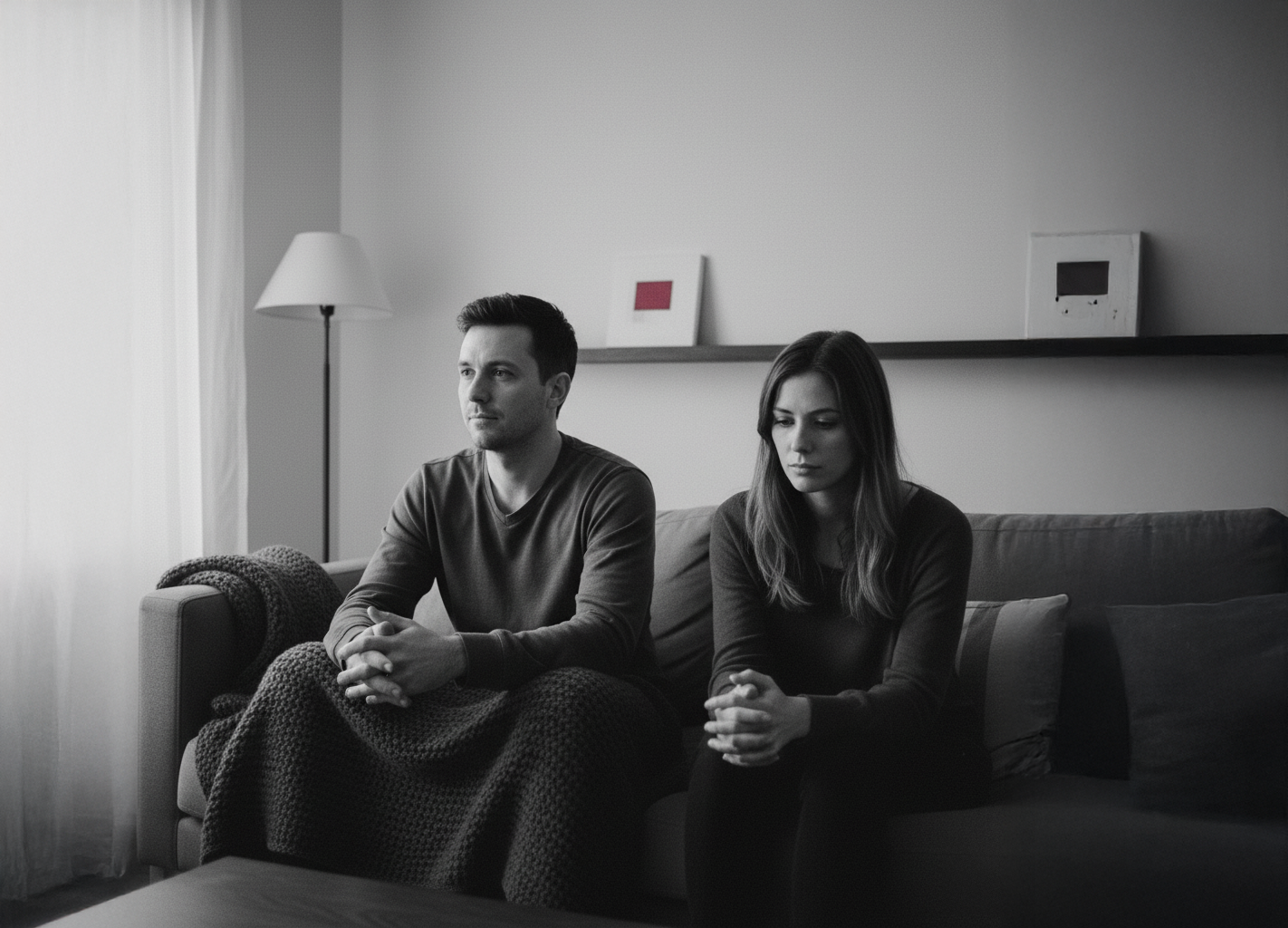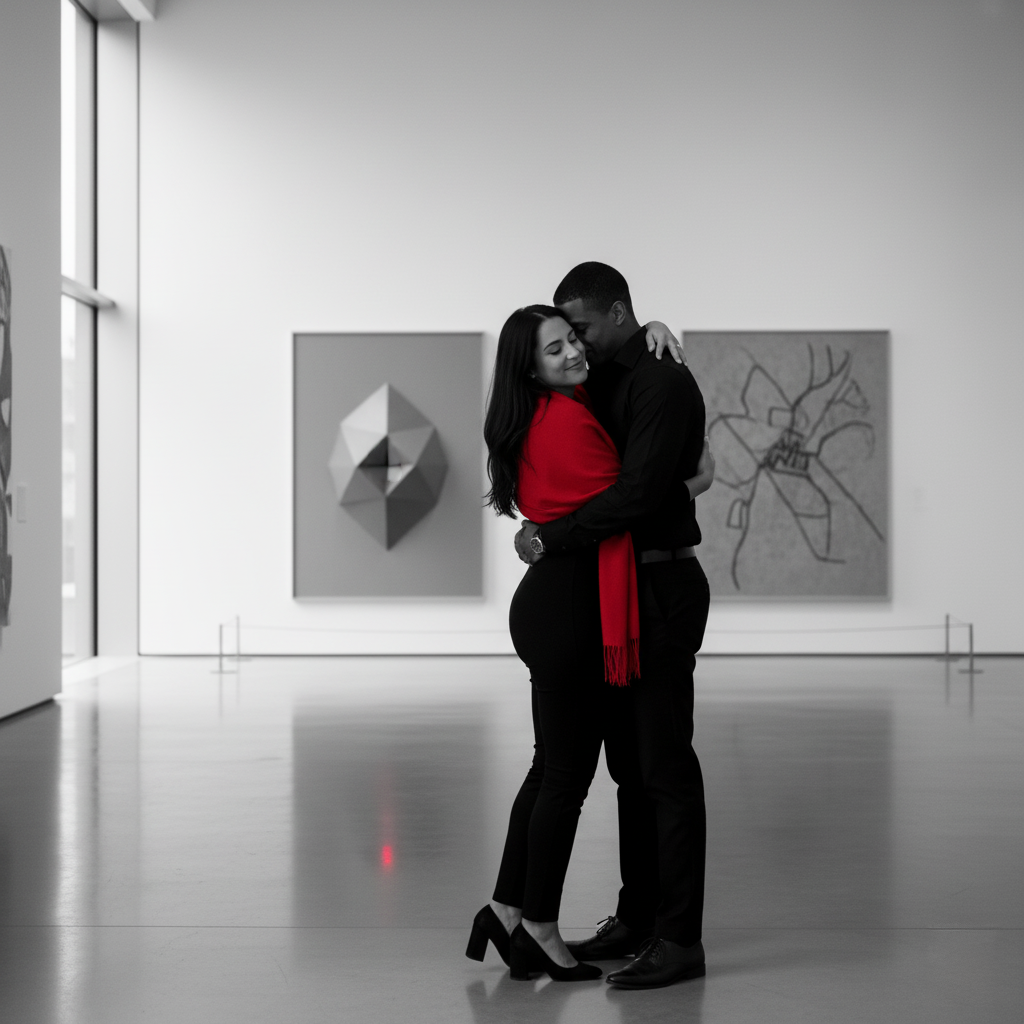in rhythm: couples therapy as design

couples therapy, for me, has always felt less like correction and more like design. every relationship carries a pattern - a rhythm between reach and retreat, control and collapse. in session, I’m listening for the music beneath the words: how two nervous systems are trying to find each other and how they miss.
most couples arrive thinking the problem is conflict. usually, it’s rhythm. one moves quickly, the other withdraws; one seeks contact, the other protection. they circle each other, rehearsing the same steps until exhaustion sets in. my work begins by slowing that movement until each gesture can be seen clearly. when rhythm is visible, choice becomes possible again.
the room itself becomes a kind of studio. I’m not trying to restore what was; I’m helping the couple design what could be. we look at how emotion travels between them, where it speeds, where it stalls, where the signal gets lost. the work is architectural: rebuilding trust by reconstructing how the relationship holds weight. it’s less about teaching communication and more about teaching regulation - how to stay steady when the other person shifts.
in intensives, where we have the luxury of time, the process deepens. hours of uninterrupted focus allow the rhythm to settle, to reveal itself honestly. sometimes the work is about repair after betrayal; sometimes it’s about rediscovering desire or redefining what intimacy means at midlife. whatever the entry point, the process is always the same: slowing, observing, redesigning.


I draw from attachment theory, emotionally focused therapy, and the subtle disciplines of pacing and tone. but beyond theory, it’s an act of design thinking - how to build something strong and alive out of what has cracked. I often tell couples: stability isn’t the absence of movement; it’s the right kind of movement. when you understand your rhythm, you can change the music without losing each other in the noise.
in boston, where I hold most of my in-person work, the quiet of the space matters. there’s no waiting room chatter, no interruption between sessions. the stillness allows the emotional architecture to form - a containment where both people can finally breathe at the same time. virtually, that stillness is recreated through precision: how the session is structured, how attention is held.
designing a new rhythm takes discipline. it means noticing how each partner protects themselves, and deciding - consciously - how to protect the relationship instead. sometimes that means repairing trust; sometimes it means ending with clarity and care. either way, the goal is coherence: a pattern that makes sense, that holds.
the rhythm of therapy mirrors the rhythm of love itself - alternating between closeness and space, movement and stillness. when done well, it doesn’t erase difference; it gives difference form. in that structure, intimacy can become deliberate again - not an accident of chemistry, but a practice of attention.
author
jason powell is a licensed marriage and family therapist and aasect certified sex therapist. he is the founder of thread & tether, a boutique psychotherapy practice based in boston, with bespoke in-person arrangements in london. the work is private, paced, and precise - held in quiet.


